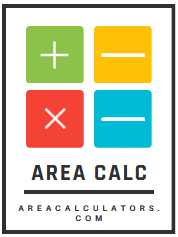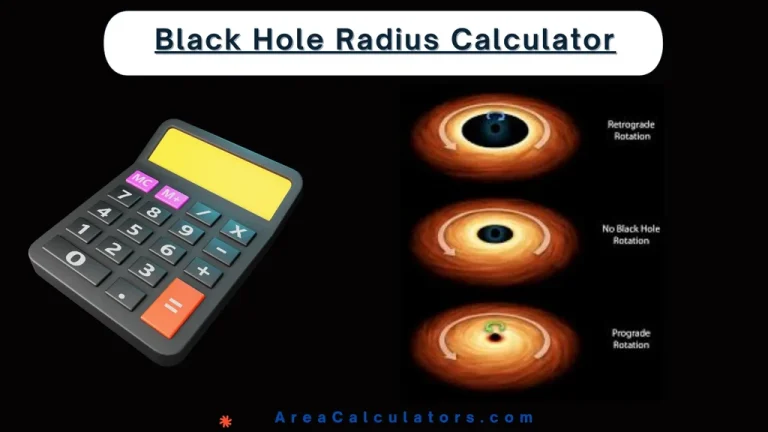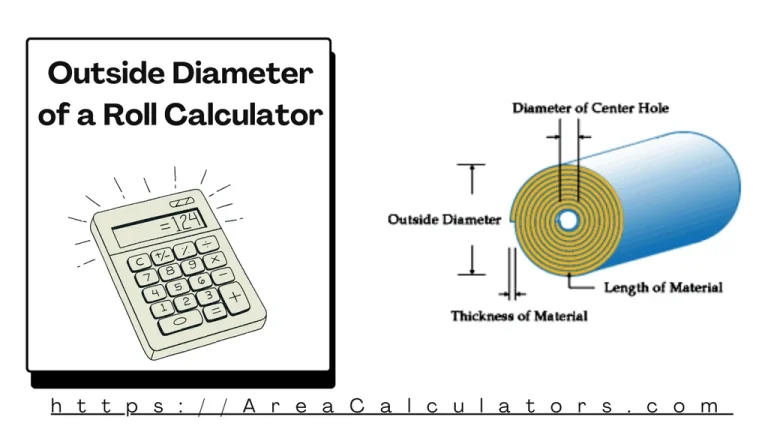Speaker Impedance Calculator
To calculate speaker impedance, use the series or parallel formula based on the wiring configuration. For series, sum the impedances, and for parallel, use the reciprocal formula.
The Speaker Impedance Calculator helps you find the total impedance of speakers connected in series, parallel, or a combination of both. Proper impedance calculation ensures compatibility between speakers and amplifiers, preventing damage and optimizing sound quality.
This tool is especially useful for designing audio systems like home theaters, public address systems, or car audio setups. Whether you’re connecting two speakers or multiple units in complex wiring, this calculator simplifies the process and provides accurate results.
Formula
Parallel:
I = 1 / [(1/X1) + (1/X2) + (1/X3)…]
Series:
I = X1 + X2 + X3….
| Variable | Description |
|---|---|
| I | Total impedance (in ohms) |
| X1, X2… | Individual speaker impedances (in ohms) |
Solved Calculations
Example 1 (Series):
| Input | Value |
|---|---|
| Speaker 1 Impedance (X1) | 4 ohms |
| Speaker 2 Impedance (X2) | 8 ohms |
| Formula Used | I = X1 + X2 |
| Total Impedance (I) | 12 ohms |
Example 2 (Parallel):
| Input | Value |
|---|---|
| Speaker 1 Impedance (X1) | 4 ohms |
| Speaker 2 Impedance (X2) | 8 ohms |
| Formula Used | I = 1 / [(1/4) + (1/8)] |
| Total Impedance (I) | ~2.67 ohms |
What is the Speaker Impedance Calculator?
The Speaker Impedance Calculator is a valuable tool. You may utilize it for calculating the total impedance of speakers connected in series, parallel, or mixed configurations.
This ensures compatibility between your speakers and amplifier, preventing sound distortion or equipment damage. The tool is widely used for designing audio setups, especially for 70V and 100V line systems commonly found in distributed audio applications.
This calculator helps determine impedance matching and is useful for scenarios like calculating speaker resistance and ohm loads.
It supports configurations with multiple speakers, such as 3-speaker setups, 6-speaker systems, or complex series-parallel wiring. You can also calculate the impact of impedance on wattage to optimize performance.
For example, if you’re wondering how to calculate impedance for speakers or how to match impedance with amplifiers, this tool simplifies the process. It’s also helpful in answering questions like whether two 8-ohm speakers equal 4 ohms or how many ohms a 200-watt speaker has.
Final Words:
To sum up, the Speaker Impedance Calculator is essential for achieving the best audio performance. It simplifies complex impedance calculations, ensuring safe and optimal setups for any audio system.




